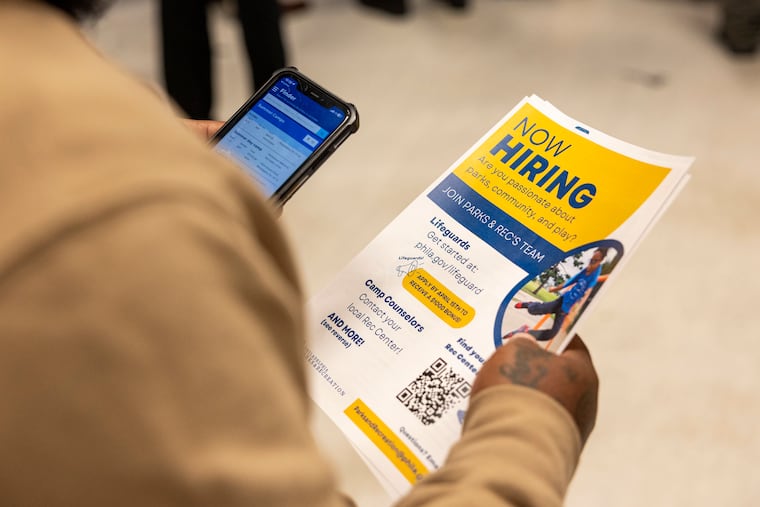U.S. jobless benefit applications decreased last week, maintaining a historically healthy level.
The latest data from the U.S. Labor Department reveals a slight decline in jobless claims, indicating steady conditions in the labor market amidst ongoing economic challenges. For the week ending August 9, applications for unemployment benefits dropped by 3,000, reaching a total of 224,000. This marks an improvement when compared to the anticipated figure of 230,000, as projected by economists. The consistent levels of claims suggest a resilient job market that has largely stabilized since the economic disruptions caused by the COVID-19 pandemic.
Unemployment benefit applications are often viewed as a barometer for layoffs across the nation. Since the onset of the pandemic in early 2020, these applications have generally hovered between 200,000 and 250,000, a range indicative of a healthy labor market. This trend persists despite various economic pressures, including significant job landscape changes in recent months.
Earlier challenges in the labor market were highlighted by a disappointing jobs report for July, where U.S. employers added just 73,000 jobs, falling short of the projected 115,000. This shortfall followed revisions that eliminated an estimated 258,000 previously reported jobs from the May and June employment figures. Additionally, the unemployment rate edged up to 4.2% from 4.1%.
In the background of this ongoing situation, recent leadership changes within the Bureau of Labor Statistics have attracted attention. President Trump dismissed Erika McEntarfer, the former head of the Bureau, after the July jobs figures stirred volatility in financial markets. Following this, he nominated E.J. Antoni from the conservative Heritage Foundation to lead the Bureau.
Despite the low levels of layoffs, signs of strain within the labor market are evidently emerging. For example, job vacancies decreased from 7.7 million in May to 7.4 million in June. Furthermore, the number of workers voluntarily leaving their jobs—typically seen as a sign of confidence—also dipped to its lowest level since December.
Major corporations such as Procter & Gamble, Dow, CNN, Starbucks, Southwest Airlines, Microsoft, Google, and Meta have announced job reductions in recent weeks, signaling a shifting employment landscape. Economic analysts suggest that the turbulent implementation of tariffs by the Trump administration might be contributing to employer hesitancy in expanding their workforces.
Additionally, recent data released on wholesale inflation indicates unexpected increases, further illustrating the complexities of the current economic environment influenced by tariffs. The latest report on jobless benefits also revealed that the four-week claims average increased by 750 to 221,750, with the overall number of Americans receiving unemployment benefits dropping to approximately 1.95 million.
As the labor market navigates these changes, the implications of economic policy decisions on employment and inflation remain a crucial focal point for economists and policymakers alike.







